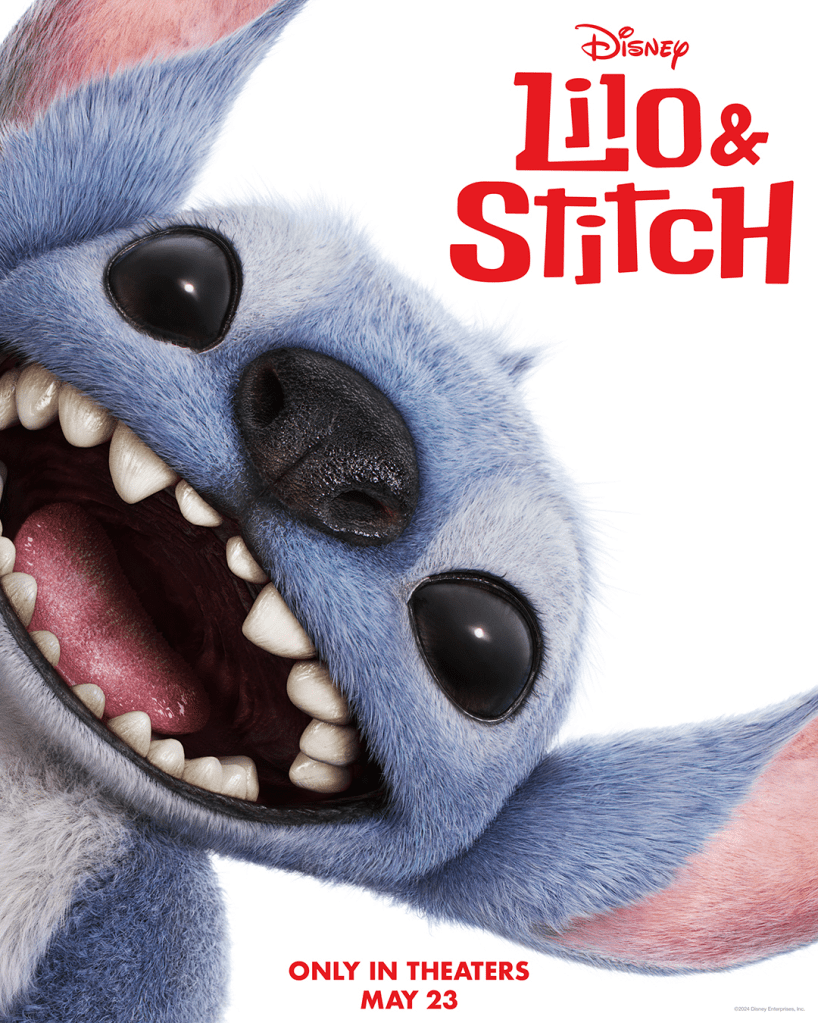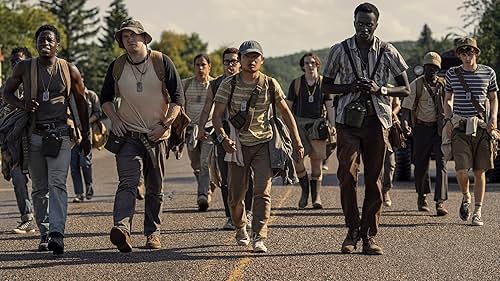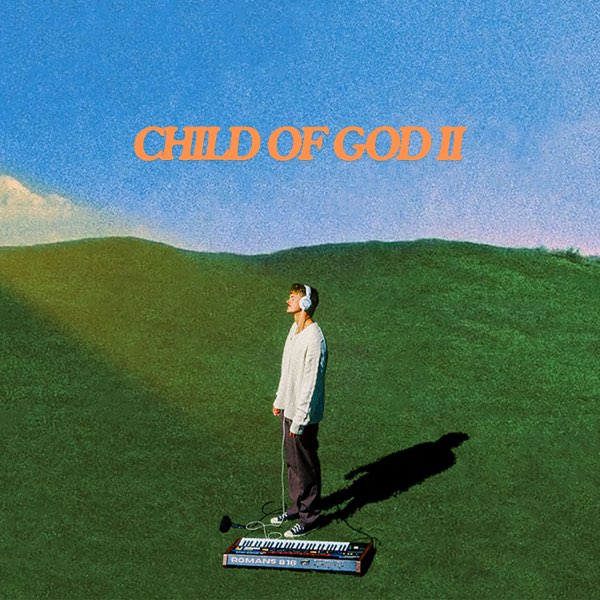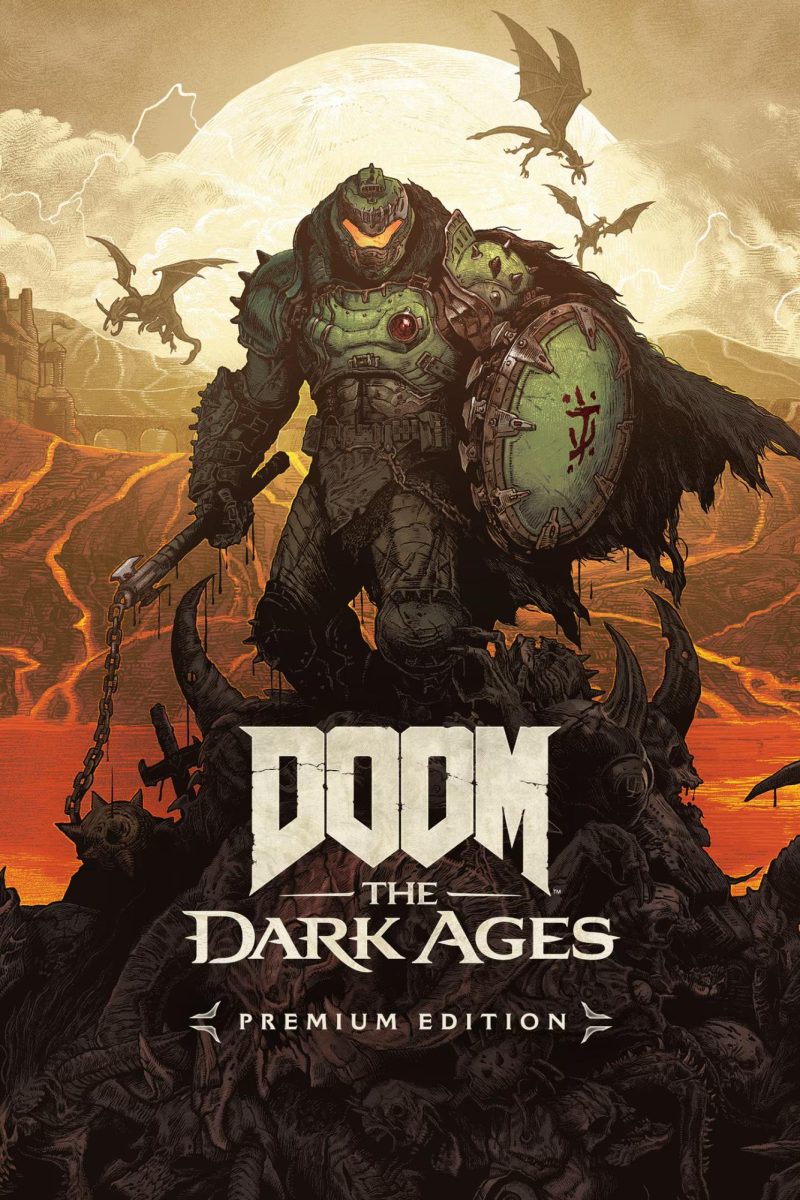The latest in Disney’s series of live-action remakes, “Lilo & Stitch” makes a series of changes to the original: the main villain was removed, another character was shifted to the antagonist role, and plot details were tweaked to give the story more room to breathe. Some changes are good, and some changes definitely hurt the story, but the emotional core of the story is intact and just as heartfelt as the original.
A live-action remake of the 2002 Disney classic was first reported in late 2018, with Dean Fleischer Camp, who also directed the Oscar-nominated “Marcel the Shell with Shoes On,” announced as director in 2022.
The film follows orphaned six-year-old Lilo Pelekai (Maia Kealoha) and her older sister Nani (Sydney Elizebeth Agudong) after the doglike alien Stitch (voiced by Chris Sanders, who directed the original film and voiced him then too) crash lands on the Hawaiian island of Kaua’i, on the run from the United Galactic Federation. Hunting him are Dr. Jumba Jookiba (Zach Galifinakis), the mad scientist who created Stitch, and Agent Wendell Pleakley (Billy Magnussen), who is a self-proclaimed “Earth expert.”
One of the major changes this film makes to the original story is expanding Nani’s character. Here, we see more of her dreams and what she gave up to take care of Lilo, as she has to put aside her dream of going to college.
Her relationship with Lilo is given more focus too, with both Agudong and Kealoha giving amazing performances. The sisterly relationship is realistic and sweet, and the film allows itself space to let the sadder moments breathe even in a very fast paced film.
Even though Lilo’s antics are somewhat toned down from the original film, Kealoha’s acting is one of the best performances by a child actor in recent memory, especially considering she is interacting with a character who is almost completely CGI.
The story also adds new secondary characters. Amy Hill, who played a minor role in the original, plays Lilo and Nani’s neighbor Tūtū. David (Kaipo Dudoit), who was more of a love interest for Nani in the original film, is moved to her grandson, and both characters act as a secondary support system for Lilo and Nani.
Tia Carrere, who voiced Nani in the original film, plays mrs. Kekoa, another new character. She’s a social worker who is assigned to Lilo and Nani’s case, and has compassion for their situation while still wanting the best for the two. Cobra Bubbles, played here by Courtney B. Vance, is just an FBI agent assigned to search for Stitch, but could easily be removed without changing a thing in the plot.
In a story where such a key character is a blue alien, the CGI has to be good.
And it is.
On Stitch.
His design, while not a one-to-one transfer from animation to live action, is faithful to the original while grounding it in reality. He’s expressive and interacts with the humans and environments like a physical creature, and the animation gives him a lot of personality. He looks very “cute and fluffy,” as he calls himself, and his chaotic but fun nature is added to by Chris Sanders’ voice, which hasn’t changed since the original film released over 20 years ago.
The other aliens could have used a few more upgrades at all levels of the production. The opening scene set in space, when Stitch escapes from the United Galactic Federation and crashes on Earth, is completely CGI and falls into the uncanny valley effect with all of the aliens and the spaceship environment. The lighting seems flat, and many of the characters are just a tiny step off from realism, distracting from the story.
The film was originally planned to be released only on Disney+, and in these scenes, you can feel the budget constraints. The pacing and editing of the opening also feels incredibly sped up, like you’re watching the original movie on 2x speed.
Another of those budget constraints was the removal of the main antagonist, Captain Gantu, and replacing Jumba and Pleakley’s laughably thin human disguises with holograms that make them appear like humans. While people may bemoan the loss of Pleakely’s drag disguises, their replacements with human holograms are almost certainly better watching than the mediocre CGI used on their alien forms for the whole film. With the removal of Gantu, Jumba is changed to the villain role, removing his change of heart in the original where he ended up becoming a part of Lilo’s family. The character may have worked as a villain if Zach Galifinakis had put more than an ounce of energy into the film, but his acting is incredibly flat here. Even the fun Russian accent is stripped from the character.
In contrast, Billy Magnussen clearly enjoyed the role of Pleakley, having fun with both the alien’s voice and the physical comedy of him trying to blend in with his human disguise. While some of the character’s uniqueness was cut to avoid overstuffing the film, he’s still fun to watch when he’s on screen.
While some of the changes to the original film may be controversial, including removing some of the iconic lines and scenes, most of them work in favor of the film. It’s not a shot-for-shot remake, but the characters of Nani and Lilo and their core relationship have been expanded and improved. It might not go down as a classic like the original, but it’s a funny, sweet, and enjoyable family film.
Lilo & Stitch is in theaters now. It is rated PG.






